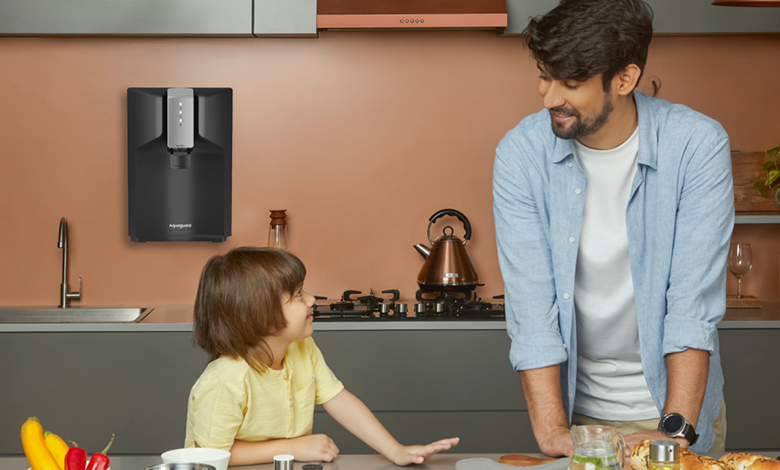Unlocking the Secrets of Reverse Osmosis Water Purifiers: Answers to 5 Common Questions

Homes looking for pure and safe drinking water frequently use opt for RO, UV, Hot Water, Active Copper, Stainless Steel, and Alkaline water purifiers. Although these systems are well-known for their capability to eliminate a variety of chemicals, pesticides, biological contaminants, and heavy metals, many people need clarification on how they operate and how successful they are.
There are some questions that should be solved before one goes to buy RO water purifiers. These 5 questions will solve issues concerning RO water-
1. How Does RO Water Purification Work?
Using a partly permeable membrane, RO is a water purification method that purifies water from sources like borewells, tankers, and municipal water supply. It gives purified water obtained by filtering out contaminants. Reverse Osmosis (RO) purifiers use elevated water pressure to push water through a semipermeable membrane, effectively removing excessive Total Dissolved Solids (TDS) from the water.
2. Which Pollutants Does RO Remove?
Many distinct types of pollutants can be effectively removed by RO filtration, including:
- Physical contaminants are soil particles and dust resulting from soil erosion and sedimentation. Ingesting these impurities may lead to symptoms such as nausea or intestinal irritation.
- Chemical contaminants can arise from either natural sources or human activities. They include metals, pesticides, toxins generated by bacteria, as well as pharmaceuticals used by humans and animals. Consumption of water containing chemical impurities may result in kidney disease, abdominal pain, or skin discoloration.
- Biological contaminants comprise viruses, bacteria, protozoa, and parasites. Ingesting water containing these contaminants may lead to ailments such as diarrhea, viral fever, pneumonia, or cholera.
- New-age contaminants consist of heavy metals such as mercury, cadmium, arsenic, chromium, and lead. Additionally, personal care items like cosmetics, shampoos, and hair dyes contribute to this category, alongside microplastics originating from waste in water bodies.
3. Are RO Water Purifiers Cost-Effective?
Even though buying an RO water purifier might appear expensive at first, these devices might end up saving money over time. Aquaguard offers a wide variety of RO water purifiers. These water purifiers come with Active Copper and Zinc Booster Technology and Mineral Guard Technology that infuse the right amount of copper, magnesium, calcium, and zinc ions into your water. Additionally, the Bitron Technology in Aquaguard water purifiers aids in faster absorption of copper, zinc, and other minerals into your body. Moreover, Aquaguard water purifiers are equipped with high-grade 304 Stainless Steel proven to be corrosion-free, tough, and durable, ensuring that you get fresh and healthy water at all times.
4. Can You Drink RO Water Regularly?
Yes, regular drinking RO water is seen as safe. With the RO process, pollutants and impurities are eliminated, giving you safe and pure drinking water.
5. How Do RO Systems and Non-electric Water Purifiers Differ?
Non-electric water purifiers are affordable and operate without the need for energy. To get rid of contaminants and produce clean drinking water, they combine sediment filters, activated carbon filters, and Ultra Filtration (UF) technology.
Moreover, RO systems pass water at an elevated pressure through a semipermeable membrane to remove excess Total Dissolved Solids (TDS). They are ideal for households seeking safe and pure drinking water. If unsure about the suitable water purifier for your home, test your water source with Aquaguard’s free water testing tool.
Take Away
Whether you go for an electric water purifier or a non-electric one, both are reliable, good for your health, and ensure you with pure and safe water.




